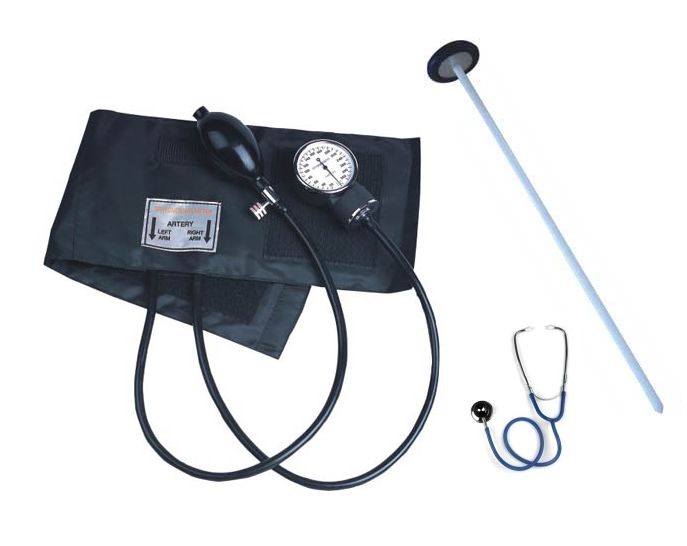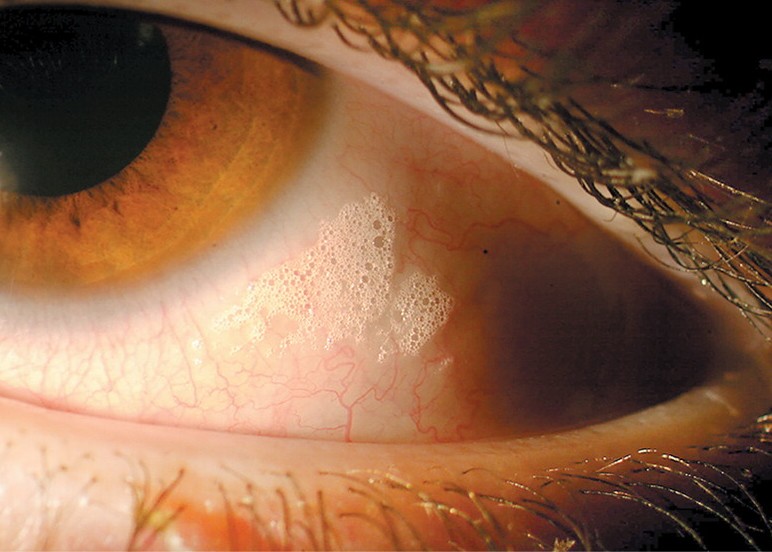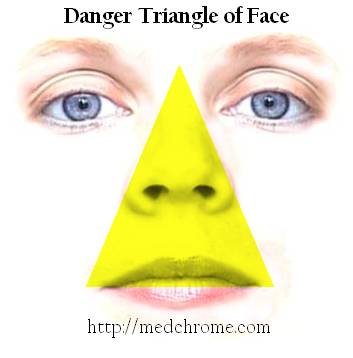The Adverse Effects of Drug and Alcohol Addiction and the Path to Help

According to DrugWarFacts.org, an estimated 23.9 million people above the age of 12 or older were current illicit drug users – which equates to an estimated 9.2% of the population. Statistics point that alcohol is the number one drug problem in America with more than 12 million alcoholics.
Drug use and addiction have become very commonplace around the Globe as access to these substances have become easier all-the-while potency has increase.
Many may not realize but there is a very large distinction between abuse and addiction:
- Abuse – The individuals that abuse drugs may show a drop in personal performance, partake in reckless behavior, continual use despite causing strain, and a path to potential legal issues.
- Addiction – The individuals that are addicted often show an increased tolerance which requires greater quantity to achieve similar effects, experience psychological or physical withdrawal, the loss in ability to stop, and have allowed their choice to become a major factor in life.
Drug abuse may eventually lead an individual into addiction but it’s not always the case; there are many that use drugs recreationally without long-term effects such as those that enjoy an occasional night out with a few drinks.
WebMD.com mentions major factors such as the biology (inherent mental disorders, family history of addiction, etc.), environment (friends, family, living conditions, location), and development (lack of access to proper education, self-control, or taking risks).
So what happens, mentally and physical, when an individual crosses the line from abuse to addict?
Psychological:
- Having a compelling feeling to abuse a drug
- Dependency and the inability to function without the drug
- Paranoia
- Antisocial behavior
- Aggression or depression
- On-set (or compound) mental disorders
- Psychosis
Physical:
- An increase in tolerance
- Abuse to the vital organs
- Withdrawals
- Increased stress and aging
- Potential risks of cancer and other medical issues
- Increased chances of contracting disease
- Harming of oneself (intentionally or by accident)
The combination of these does a toll to the individual which lowers their mental and physical health which often results in repeat usage. Likewise, those addicted will often become wrapped into taking actions which may cause legal implications which sets off a series of increasingly difficult hurdles after they have served time which is why so many revert back to their addiction and illegal behaviors that results in a high chance in going back to prison.
Overcoming the Void
The calling of the void is very strong once a drug has its grips on the individual.
There are two ways to approach addiction:
- Encouraging the individual to seek professional help
- Providing support through family and friends
Facilities and services are often the only way to truly overcome addiction but the process can be started by family and friends, through the following:
- Understand the addiction and prepare a talk with the individual
- Approach the individual and identify their drug abuse and/or addiction
- Listen to what they have to say
- Help them devise a plan to overcome addiction
- Support them in their process and help them overcome hurdles
- Help them avoid simulations by removing activities and mentions of their addiction
The person abusing or addicted to the drug may be fully aware of its mental and physical effects yet the grip of the drug is just too strong; often it just takes a helping hand to get started with recovery.
In all, our understanding and awareness of drug related problems have allowed us to identify the tell-tale signs of abuse and addiction. It’s through advancement in coping, consultation, and treatment that abusers and addicts can begin the long-road to recovery with a greater chance of avoiding relapse as opposed to methods used in the past.
Article by Jennifer Smith





